Overview
Size
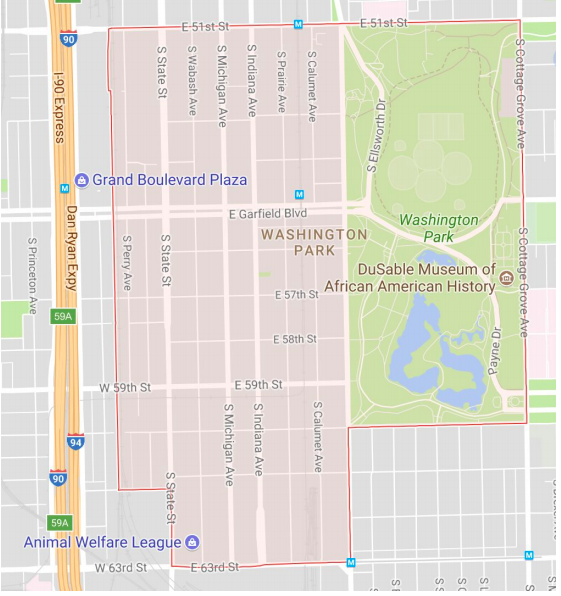
Total population= 12,081
Square feet (including park)=46,245,982
Square feet (not including park)=31,019,606
Washington park is the size of a small town. However the neighborhood is not as dense as
some other areas of the city. The square footage per person is 2,567.64.
Identity
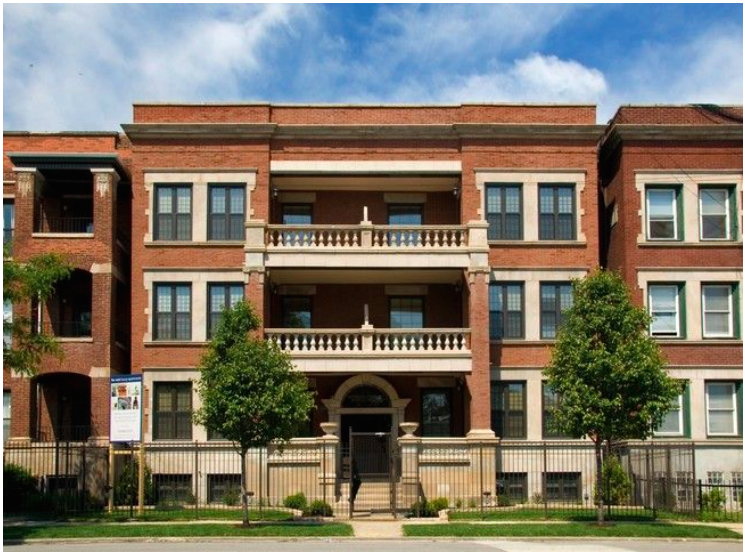
Buildings: In contrast to the North and West sides of the city Washington Park has a different atmosphere and look, reminiscent of other Southside neighborhoods. The area is extremely residential without major business hubs like Bronzeville’s 47th street and Hyde Park’s 53rd street. The houses are composed of the common red brick seen throughout Hyde Park, Bronzeville, and Woodlawn.
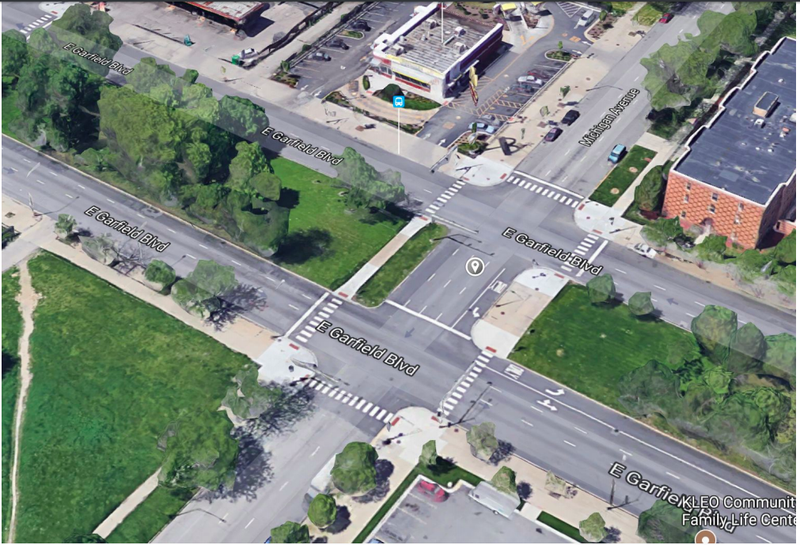
Streets: Unlike more insular neighborhoods,
Washington Park hosts a number of broad
streets which create divisions with the
neighborhood. For example Garfield boulevard
runs through the middle of Washington Park
separating the north and south side. There is no
serious difference between the two communities
however, an unfamiliar tourist might consider
them to be different neighborhoods. Other major streets include State, Wabash, 57th, 59th.
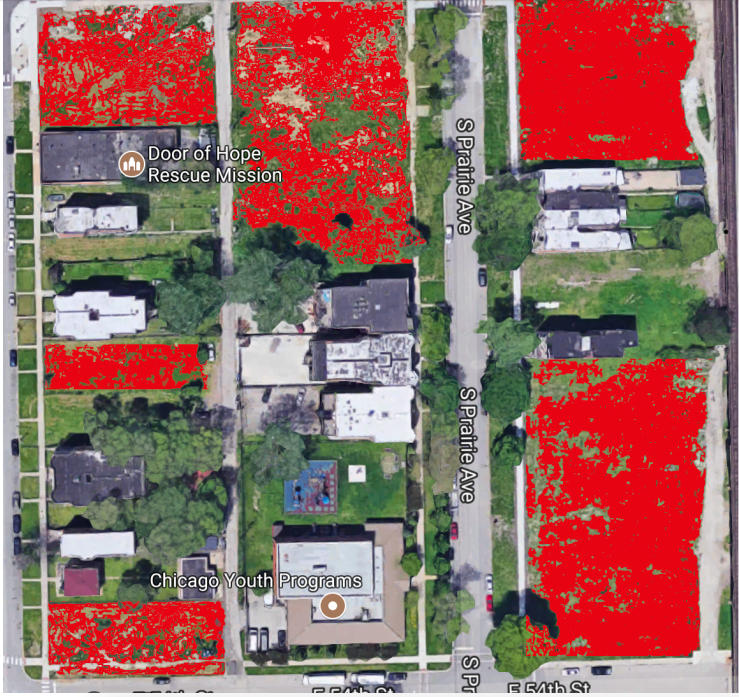
Lots: Another aspect of Washington that differentiates it from
its neighbors are the amount of vacant lots. Although I was
unable to find the exact number, when walking around I
noticed that on every block there were 2 to 3 empty patches of
land. In order to combat this the city has begun selling lots to
local entrepreneurs for $1.
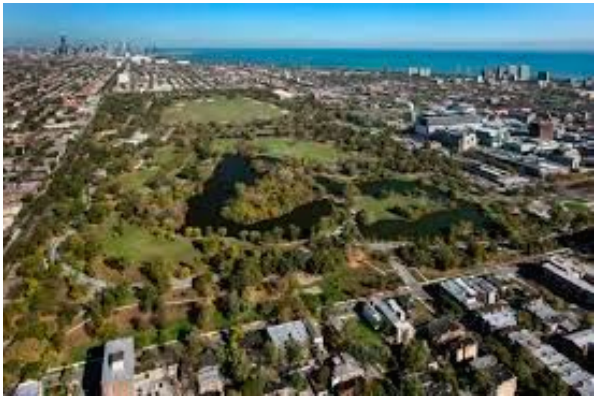
The Park: The Washington Park neighborhood is named after an actual park which marks the eastern border. The park hosts many attractions like the Fountain of Time, the Dusable Museum, and the arboretum. Although it is considered a part of the neighborhood, the park feels separate. It acts more as a filter, dividing Washington Park from Hyde Park without belonging to either. This may be because the park is a boundary, rather than an unit enclosed within the larger neighborhood.
The Train Tracks: On the the other hand, the western boundary of Washington Park is made up of old industrial train tracks. This cuts off Englewood from Washington Park. Similarly to the
eastern boundary of the actual Washington Park you feel the neighborhood end at the
tracks. As you move more west, more vacant lots appear and the houses began to spread
out. Many neighborhoods use wide open spaces in order to mark their limits.
Layers

Community Area=Black
Zolk Neighborhood
Map=green
US tracts: Pink
Unlike most Chicago neighborhoods Washington park shares the same ward, police district, and parish.
Ward=20th ward
Police district=2nd
Parish= Saint Anselm
Diagram
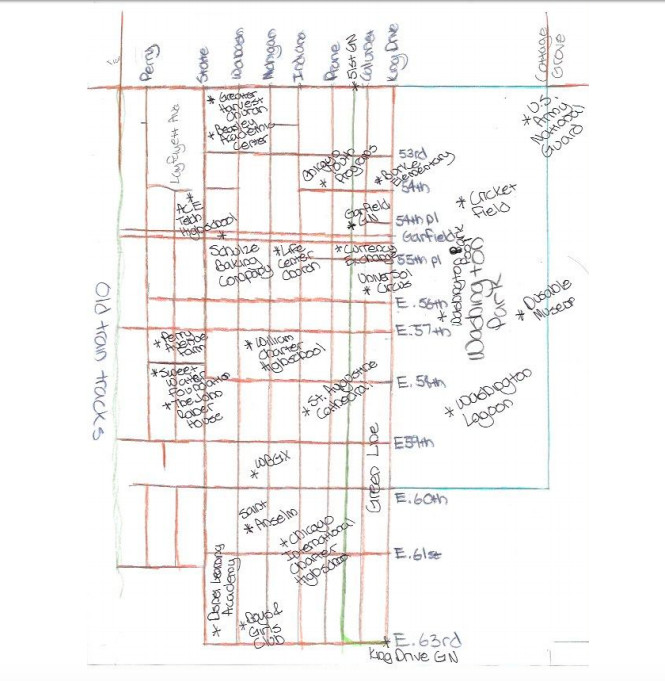
History
The history of Washington Park can be divided into two parts; that of the physical park and of the surrounding neighborhood.
Like most neighborhoods on the Southside, Washington Park was originally settled in the mid 19th century by Irish immigrant workers who needed a place to live close to industry. The area was close to the railroad as the Chicago, Rock Island & Pacific Railroad ran just east of today’s Dan Ryan expressway. In the later half of the 19th century German and Jewish immigrants also began moving into the neighborhood to look for work.
In 1870 Frank Olmsted and Calvert Vauax designed the actual Washington Park. Olmsted wanted to create an oasis from city life. Olmsted created the famous Washington Park lagoon and arboretum. During the 1893 World’s Fair, the park and neighborhood became an attraction hosting many of the famous “White City” buildings. However, many of these buildings have been torn down. Today, the Dusable Museum for African American history occupies the administrative building while the Washington Park refectory is rented out for special events.
As mentioned earlier, Washington Park has many wide streets and boulevards which was originally a draw to many of Chicago’s wealthiest residents. Residents built huge mansions along Michigan, State, and Garfield boulevard that still stand today. The west of the neighborhood was reserved for the working class while the east of the neighborhood was inhabited by the upper class. By the beginning of the 20th century Washington Park was a booming neighborhood, with many street cars and the first L lines running through the area.
However, during that same time the Southside went through apartment boom. This attracted many the city’s growing African American population who came during the Great Migration. As a result the rich and working class white residents began to leave the neighborhood. Many eventually converted their homes into two flats which were often rented for above market value. By the 1930’s Washington Park was over 90% African American. Yet, this change did not happen smoothly as the neighborhood was one of the sites for the 1919 Chicago race riots.
Eventually Washington Park began to deteriorate as landlords kept the conditions of the
apartments very low while charging high for rent. This along with the redlining and on contract
house ownership made it impossible for African Americans to leave. During the 1960’s the
Chicago Housing Authority decided to build one of the nation’s largest public housing projects, The Robert Taylor Homes. Unfortunately, this along with other housing projects were neglected
by the city and became a hotbed for gang activity until it was torn down in 2007.
Today, Washington Park is the subject of heated debate around gentrification. In 2009 the neighborhood became the proposed site for the Olympic games. This led to a housing bubble in the area in which residents are just beginning to recover. The neighborhood is also home to the Bud Billiken parade which is the largest African American parade in the country.
Works Cited
Chicago Historical Society. "Washington Park (community Area)." Encyclopedia of Chicago. Encyclopedia Chicago, Inc., n.d. Web.
Chicago Historical Society. "Washington Park." Washington Park. Encyclopedia Chicago, Inc., n.d. Web.
Grossman, Ron. "Washington Park Long a Site of Change, Controversy." Chicago Tribune. Tribune Publishing, 24 July 2015. Web.
Jarz, Hank. "Where the Sheep Used to Graze and the Games Never Came." Curbed Chicago. Vox Media, 22 June 2011. Web.
"Washington Park." Chicago Gang History. Chicago Gang History, n.d. Web.
Worley, Sam. "Case Study: Washington Park." Chicago Reader. Sun-Times Media, LLC, 16
Oct. 2017. Web.

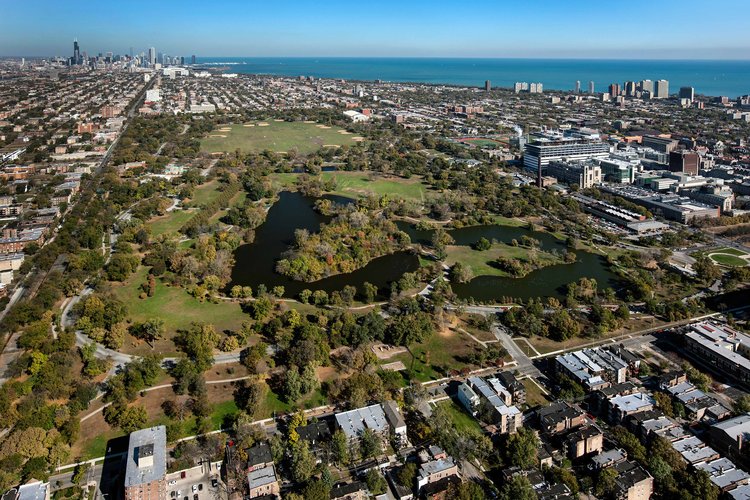
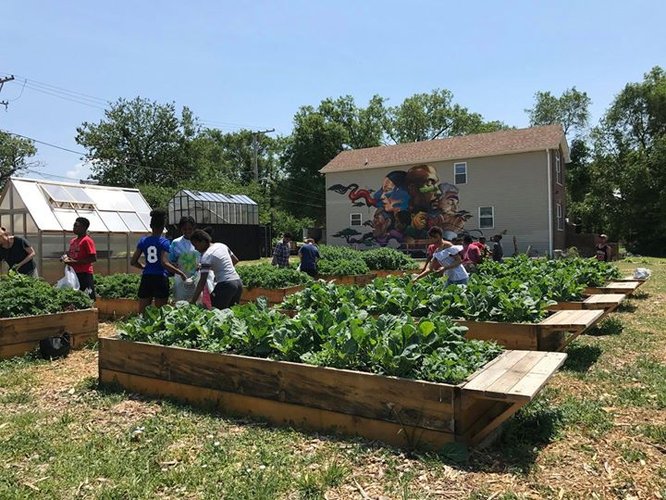
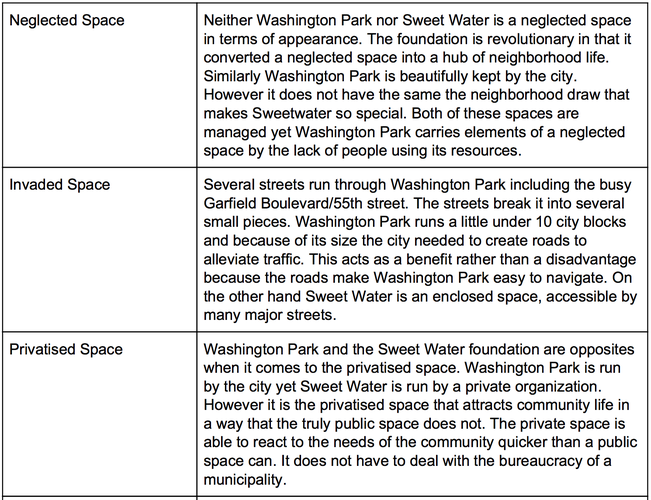
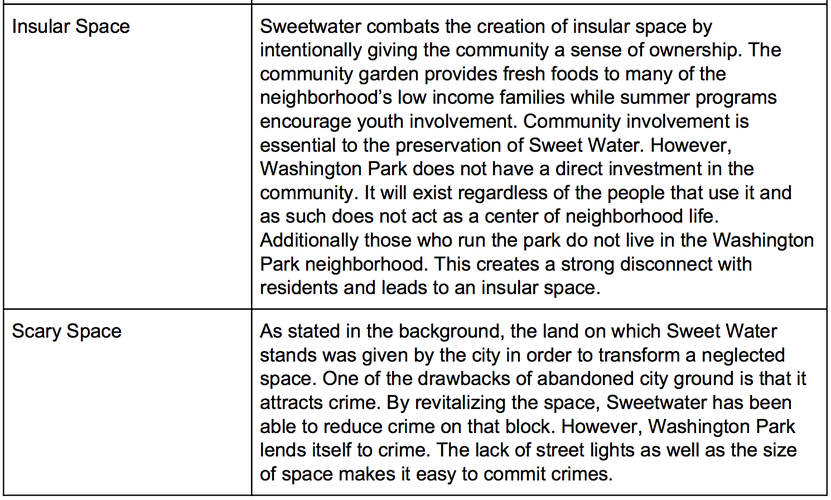
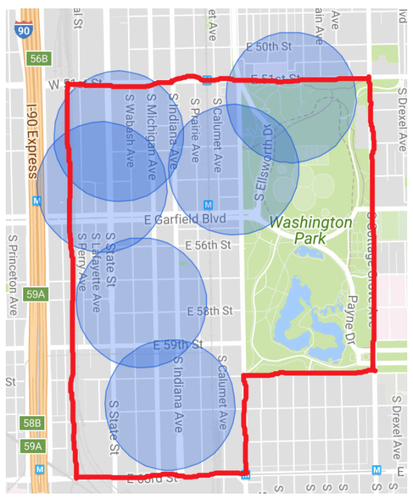

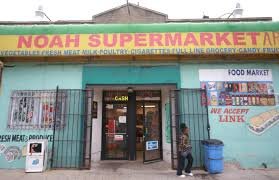
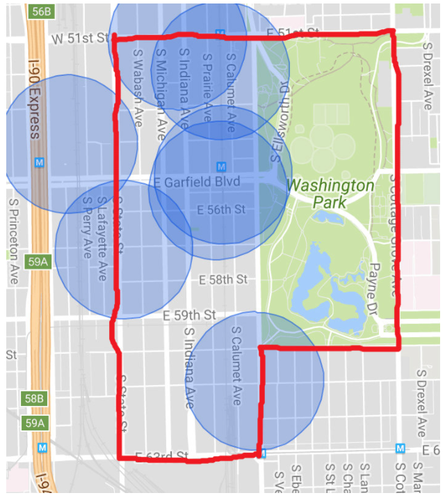
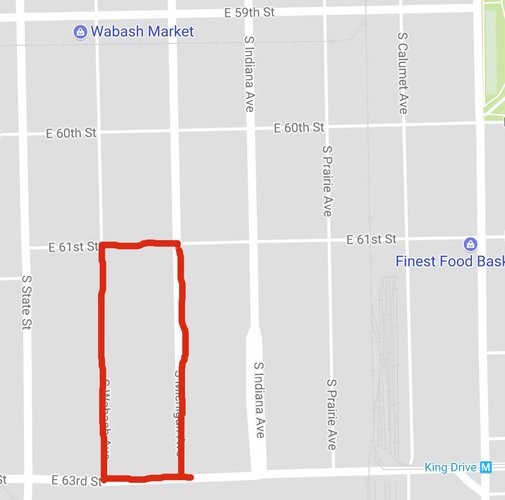

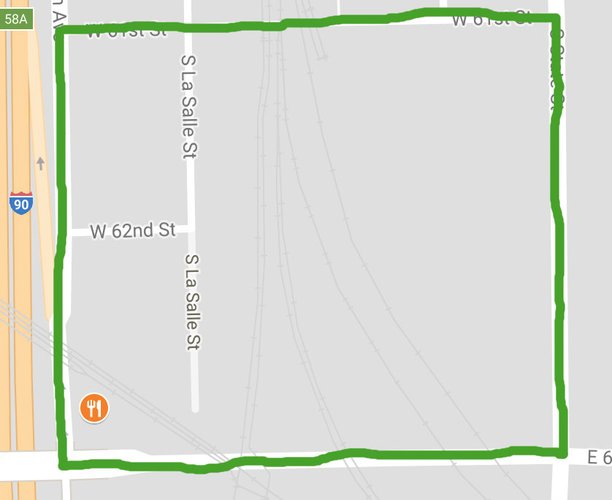
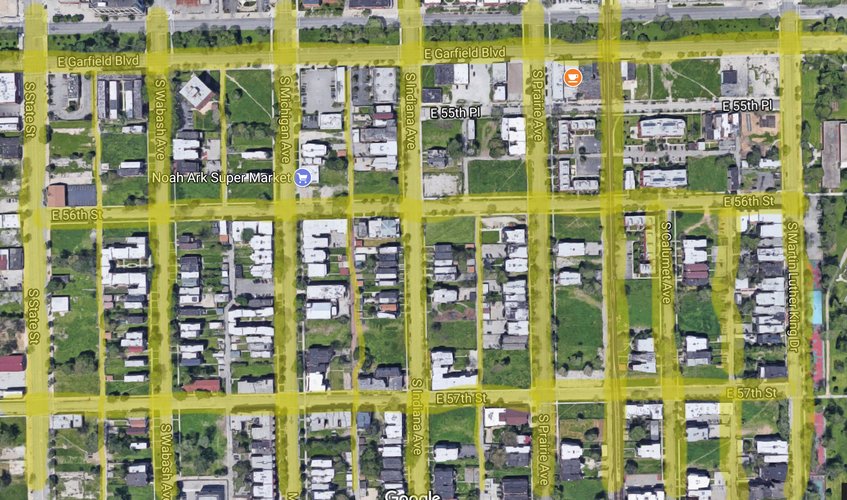
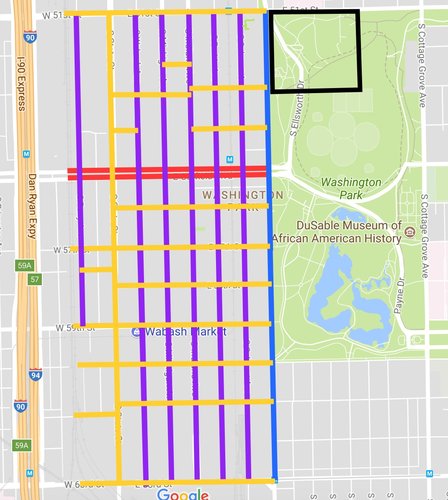
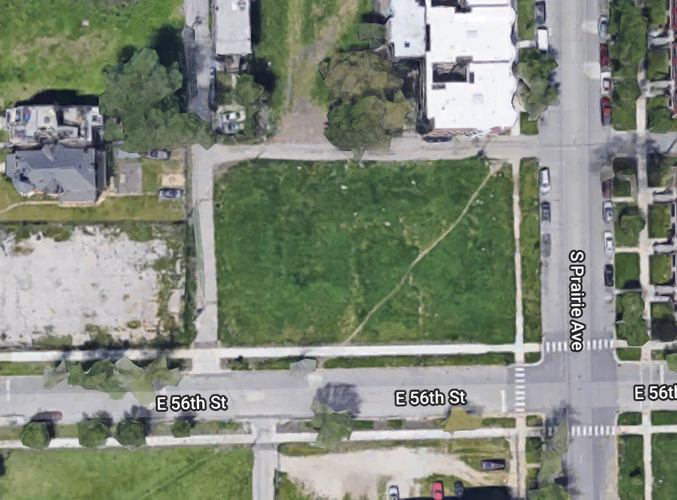
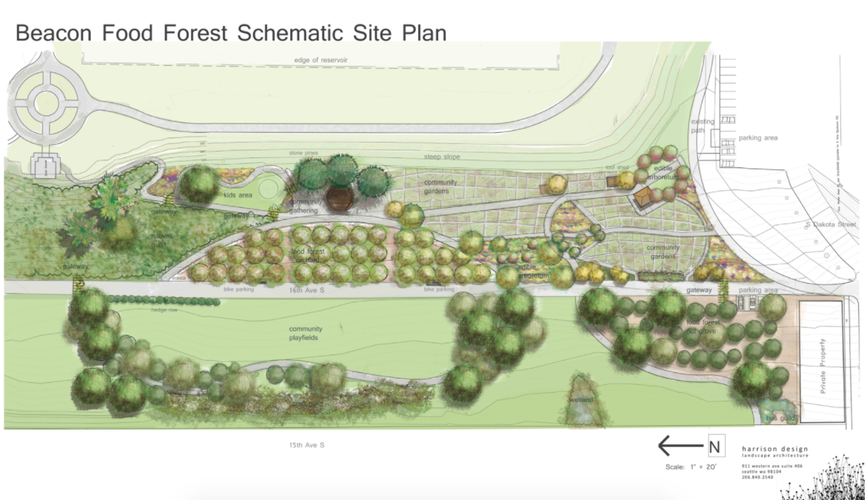
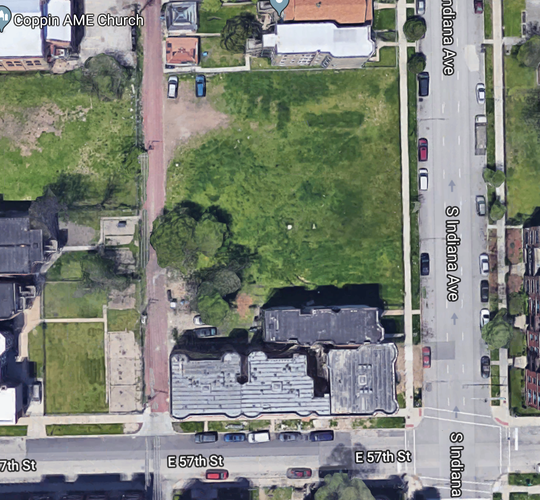
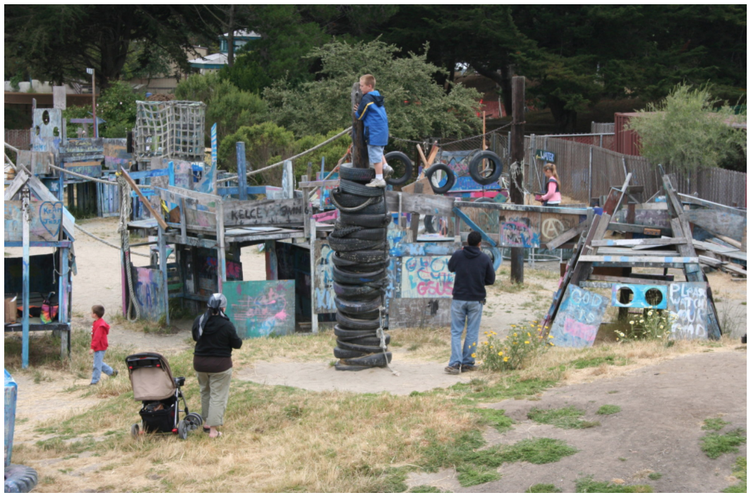
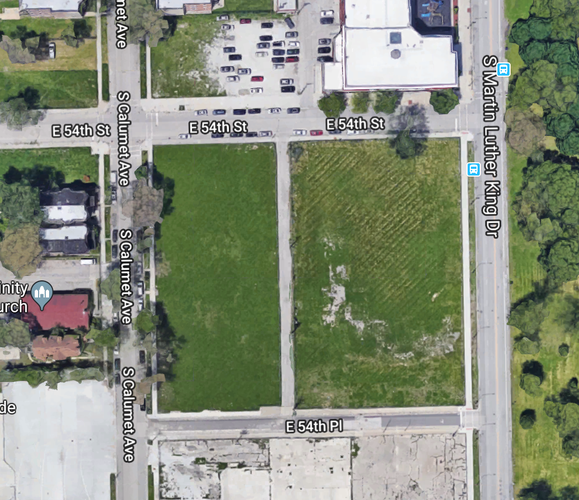
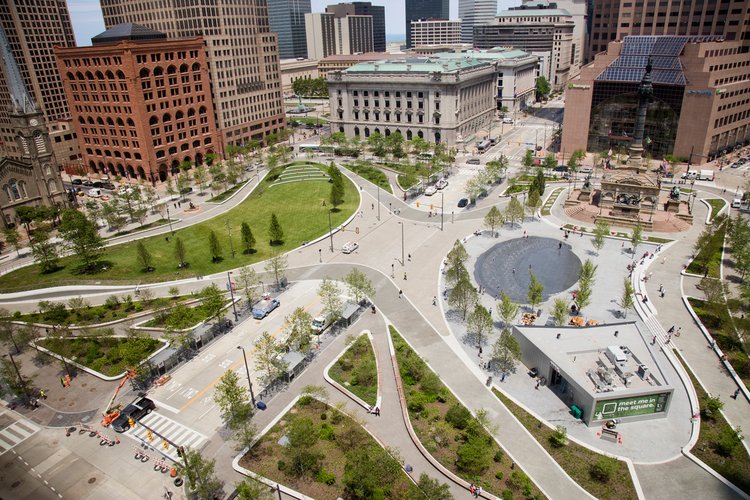
Social Mix
Analysis
The results from the Simpson Diversity Index showcase the impact of white flight and segregation in the city of Chicago. During the Great Migration thousands of black families moved to the city in order to find work and escape the Jim Crow south. Neighborhoods like Washington Park underwent a system of white flight, leading to disinvestment in the area. Additionally, landlords would charge their African Americans tenants above market value knowing that racist housing covenants restricted their ability to move. This combined with predatory lending and government redlining drained the savings of many African American families leading to the creation of urban ghettos. From the chart we can see the effects of this. For example, most residents of Washington Park rent instead of own their houses/apartments. Ownership is one of the main ways in which Americans accumulate wealth. Furthermore we can see the education gap in Chicago. The diversity index for education is low in Washington Park as many residents were unable to attend college. The most important conclusion to draw of the Simpson index is that diversity does not always mean there is a lack of lack of segregation. In Chicago we have high diversity but still remains a very segregated city.